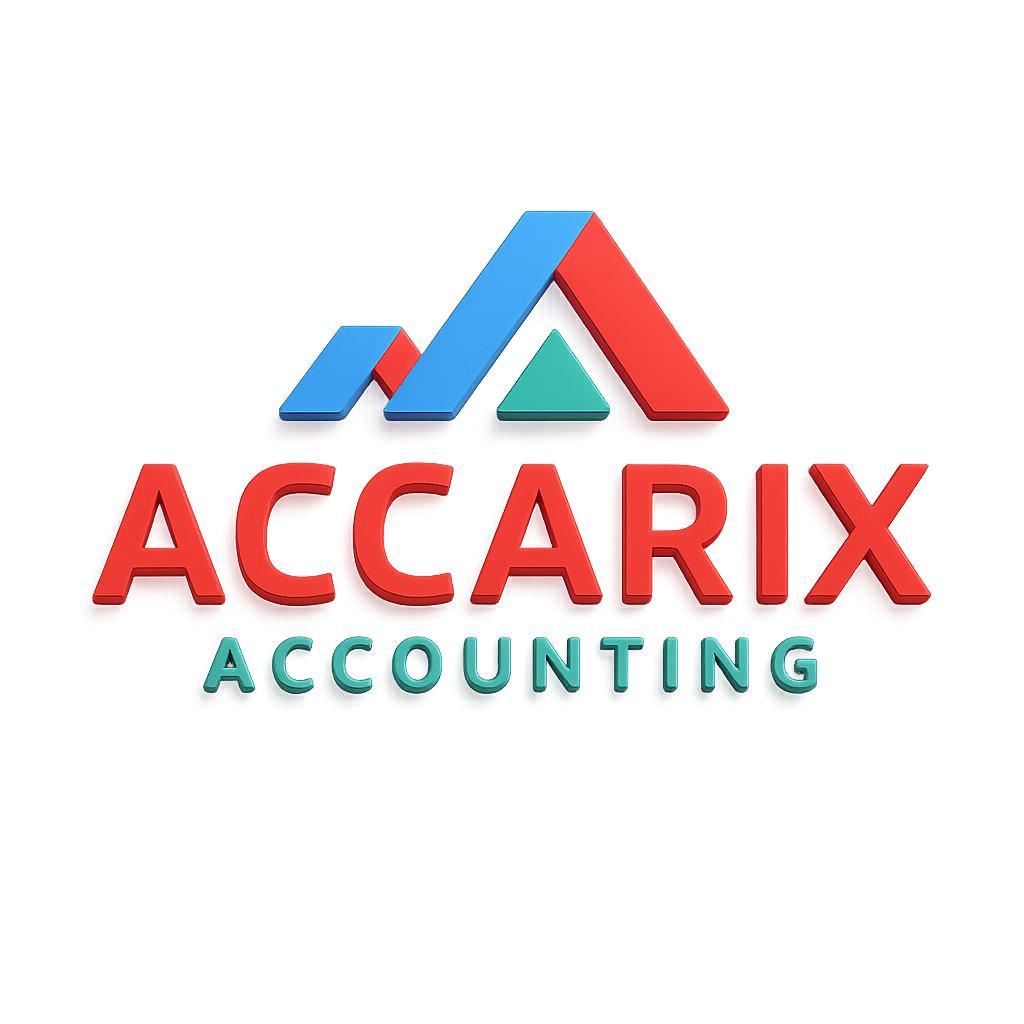One of the most common reasons businesses struggle isn’t a lack of profit—it’s poor cash flow management. I’ve seen many businesses with strong sales still face financial stress simply because they couldn’t control when money came in or went out. That’s where cash flow confidence comes in. It’s not just about tracking dollars—it’s about staying one step ahead.
The first step to building cash flow confidence is having a clear picture of your inflows and outflows. I help clients understand their cash position through detailed tracking and reporting. This includes forecasting upcoming income and expenses, identifying payment delays, and preparing for seasonal shifts. With a real-time view of cash movement, business owners are better equipped to avoid shortfalls and make informed spending decisions.
Cash flow also improves when systems are streamlined. I recommend setting up automatic invoicing and payment reminders to reduce delays. Making it easy for customers to pay—through digital platforms or direct bank links—can speed up receivables significantly. I also look at recurring expenses and subscriptions that may be quietly draining funds. Small tweaks like these can add up to big savings over time.
Another key tactic is building a cash reserve. Even a small buffer can create breathing room during slow periods or unexpected events. I work with clients to build realistic savings plans based on their unique business cycles. This kind of preparation brings peace of mind—and flexibility to seize new opportunities when they arise.
Confidence in cash flow doesn’t come from guessing—it comes from having the right numbers, tools, and habits. When you understand where your money is going and when it’s arriving, you can plan with clarity, invest wisely, and grow without fear of running dry. That’s the kind of financial control I help my clients achieve every day.




